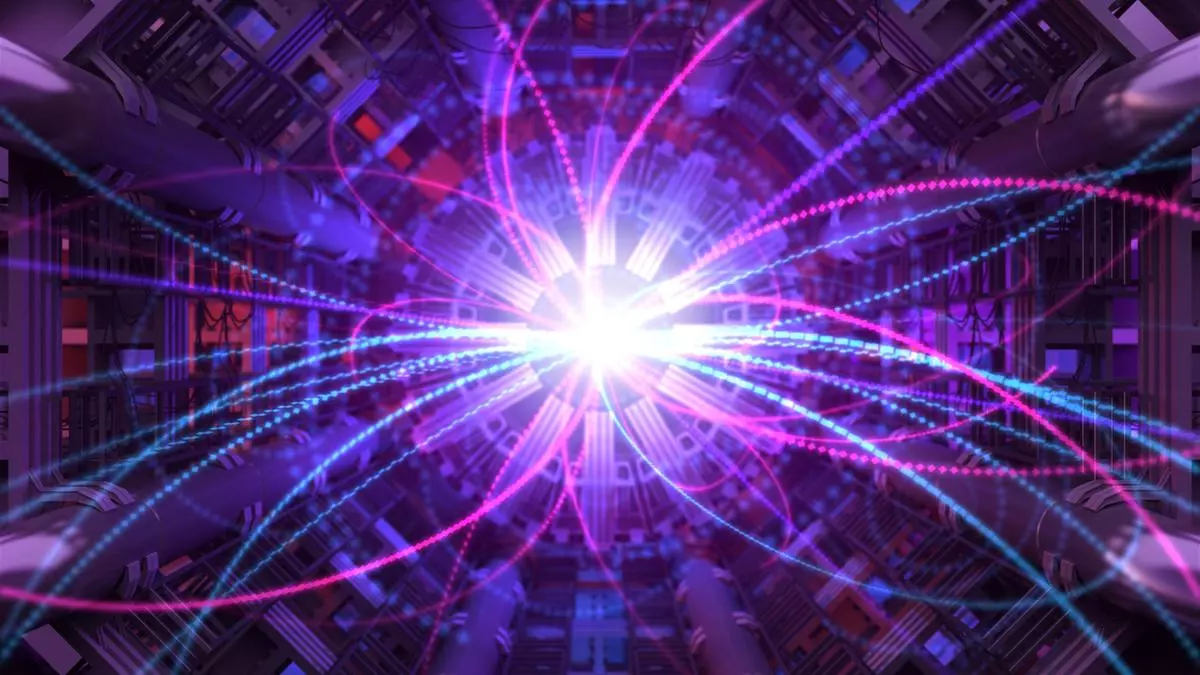The Department of Atomic Energy plans to build a 1 giga-electron volt (GeV) particle accelerator — a machine that will help convert thorium, abundantly available in India, into nuclear fuel. The idea is to build a continuous wave, high-intensity proton accelerator, Quantum has learnt.
A particle accelerator is like a gun — only it has subatomic particles (electrons, protons and neutrons) instead of bullets. You shoot these particles on to something to get an effect — like converting thorium into uranium-233, a fissile material that can be used in a nuclear reactor to produce electricity.
India has many particle accelerators (cyclotrons and synchrotrons), but at 30 mega electron-volt (MeV); none are in the GeV range.
Dr Anil Kakodkar, renowned nuclear scientist and former chairman of the Department of Atomic Energy, tells Quantum that the use of particle accelerators is one means of tapping India’s immense thorium resources. This, in turn, can guarantee India’s energy security.
Leveraging thorium
“There are a number of pathways to leverage thorium for nuclear energy production,” Kakodkar says, mentioning three.
The first involves breeding uranium-233 by irradiating thorium in a nuclear reactor. In a fast-breeder reactor, one can produce more fissile material than what is consumed. The surplus fissile material can be used to set up additional nuclear power capacity. This pathway is part of India’s three-stage nuclear power strategy.
The second method involves using thorium along with uranium in a high burn-up configuration in a reactor to derive surplus energy from thorium through in situ fission of generated uranium-233. This is an upcoming method, thanks to a company called Clean Core Thorium Energy, which is developing a nuclear fuel consisting of uranium-238 enriched to 14-15 per cent and thorium. Its ANEEL fuel is currently undergoing irradiation tests at Idaho Laboratories, USA.
The third pathway is the use of high-energy (more than 1 GeV), high-current proton accelerators to create neutrons to breed fissile uranium-233 from thorium, either directly or in an ‘accelerator-driven subcritical reactor system’ (ADSS). This is why the DAE wants to build a 1 GeV accelerator.
Select grouping
“India is pursuing all these strategies,” Kakodkar said, adding that they complement each other.
The DAE plans to have two more medium high-energy accelerators. A second 1 GeV high-current, pulsed proton accelerator for generating neutrons (spallation neutron source) is planned for scientific experiments such as probing the atomic structure of materials. There are technical differences between the two 1 GeV accelerators.
The third is a ‘synchrotron radiation source’ to produce tunable X-rays or UV light, extremely useful in scientific experiments.
These particle accelerators, when they come into being, will put India in an elite group of countries that have 1 GeV accelerators.
